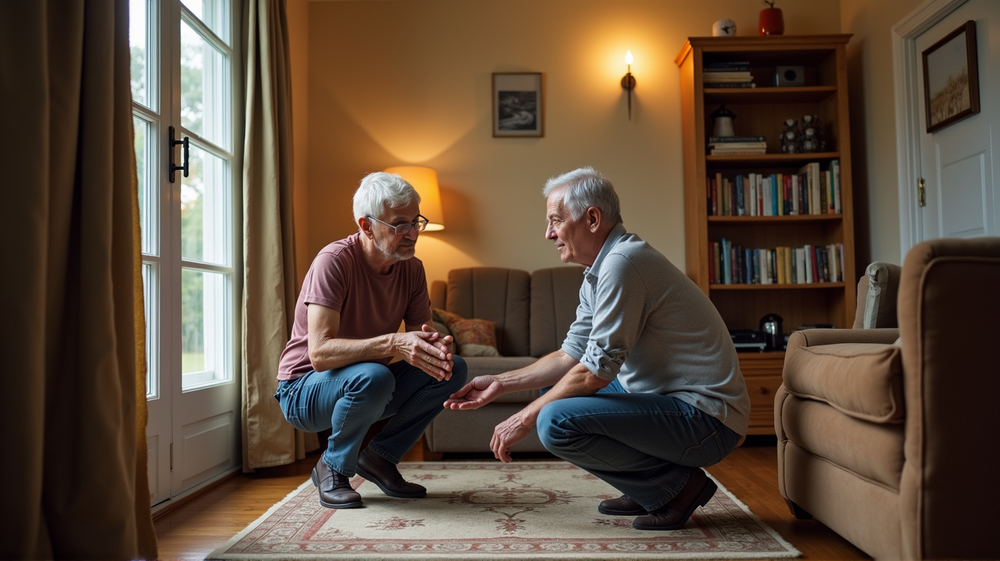The Urgency of Home Safety for Aging In Place: A Retiree's Dilemma
As we age, the concept of “aging in place” becomes not just a choice but a crucial lifestyle decision. The idea is to retain independence by staying in familiar surroundings, but it also means confronting another important aspect of life: safety. So, what’s one to do when home feels both a sanctuary and a place fraught with risks?
The Warning Signs: Recognizing Potential Hazards
For a retired couple in West Virginia, the signs are clear—rugs that slip underfoot, showers without safety rails, and steep basement steps without support. The risks are real, yet one partner dismisses them as trivial.
“It’s no big deal,” he says, brushing off the urgency. But to his wife, and rightfully so, these aren’t just small inconveniences—these are crucial safety upgrades. It’s not just about comfort; it’s about being prudent and proactive.
A Common Retiree Dispute
The debate between the husband and wife is not uncommon. Many retirees grapple with at what point altering one’s home becomes vital. The argument isn’t merely financial but deeply emotional, too. While some see the expenses as unnecessary, others view them as lifelines for maintaining freedom and dignity.
According to lehighvalleylive, foresight in home adaptations is critical; delays could lead to unwanted consequences—accidents that none saw coming.
How to Resolve the Discrepancy
Communication is key. Expressing concerns without making the other party defensive helps. For the wife, expressing that their commitment to stay out of “God’s waiting room” means addressing these necessary changes might drive the point home.
If agreement seems out of reach, bringing in a third party or hiring someone to perform these tasks could prove beneficial.
Expert Advice and Final Thoughts
Abby, with her wealth of wisdom, suggests prudency over procrastination. She echoes what experts often say: It’s better to be safe now than sorry later. Her advice cuts through the procrastination, offering the direct and practical suggestion of hiring help if there’s a stalemate.
In conclusion, the discussion isn’t just about whether to act, but recognizing the compilation of small hazards that could ultimately impact not just the quality but the length of life. Safety is non-negotiable, and it’s time for all parties involved to see it as such.
So, what do you say? Is it “no big deal,” or is it time for action? “`




